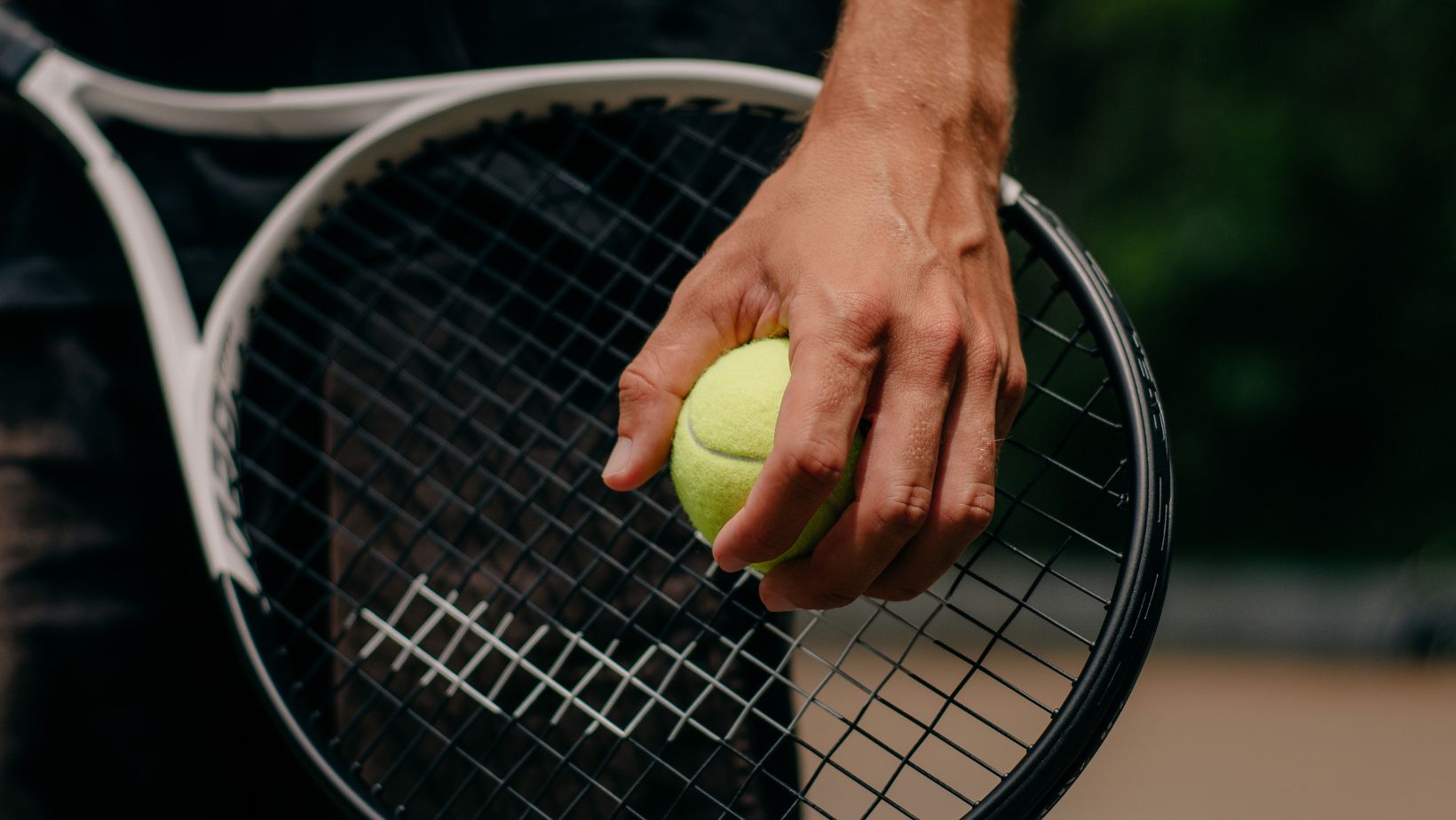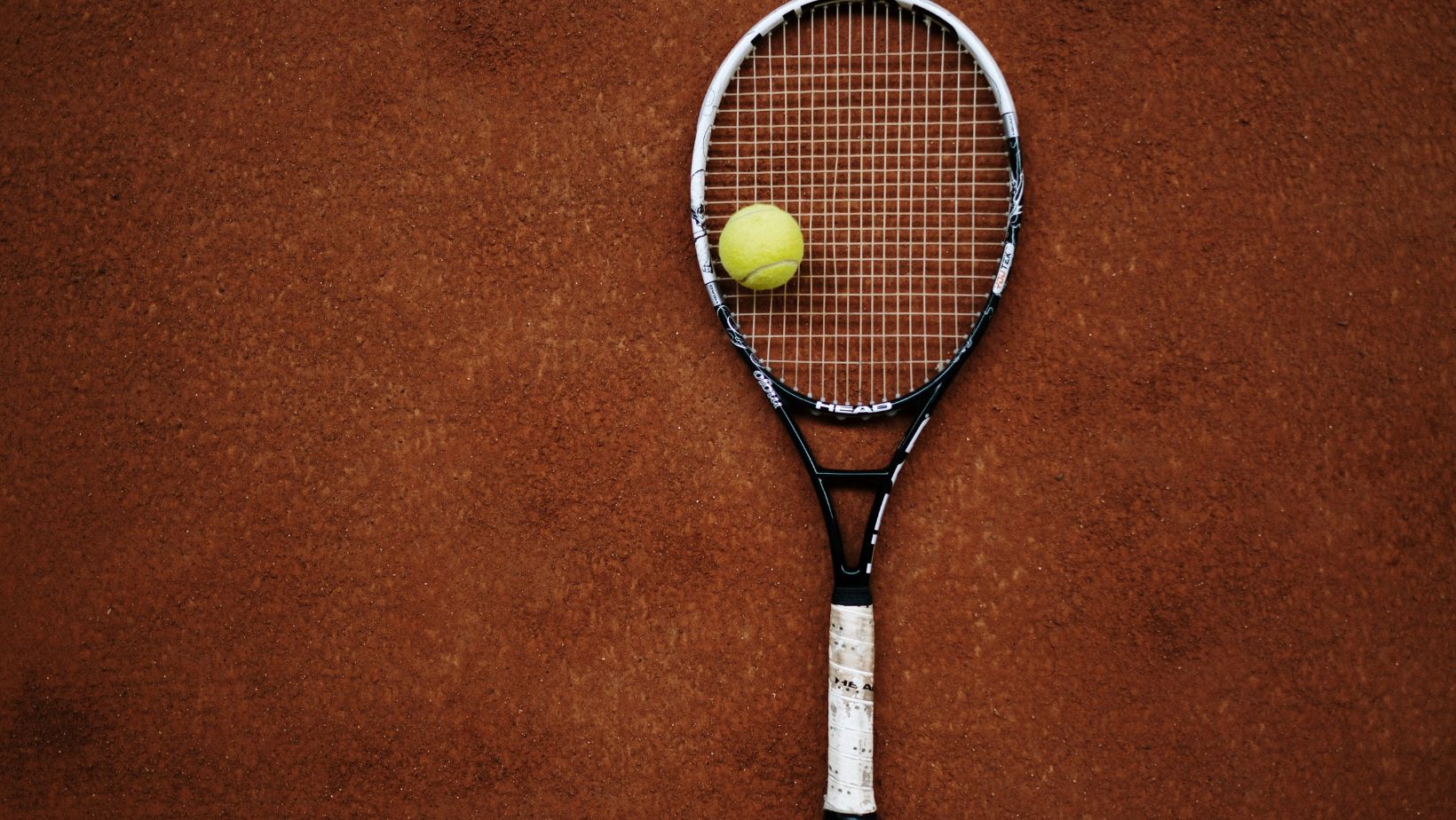Tennis combines athleticism, strategy, and elegance into a sport enjoyed by millions. Played on grass, clay, or hard courts, it challenges competitors to think several strokes ahead while maintaining peak physical performance. From neighborhood courts to grand slam stadiums, tennis offers a dynamic blend of solo focus and head-to-head rivalry.
Taking Brief Breaks with ToonieBet Ontario
Even tennis enthusiasts benefit from short mental respites between practice drills or match analyses. A quick visit to ToonieBet Ontario provides light entertainment—perhaps a few spins of a virtual wheel or a round of online poker—before returning to the court with renewed focus. These micro-breaks, limited to ten or fifteen minutes, help clear the mind and sharpen concentration for the next rally.
Essential Equipment for Every Player
Success on the court often starts with properly chosen gear. The right equipment enhances control, comfort, and durability:
- Racket: Select weight, balance, and string tension to match your style.
- Balls: Opt for pressurized balls for official play or pressureless balls for durability.
- Footwear: Use tennis-specific shoes with lateral support and non-marking soles.
- Apparel: Moisture-wicking fabrics and fitted gear improve movement and comfort.
 A well-maintained racket and fresh balls ensure consistent bounce, while proper shoes reduce injury risk during intense lateral movements.
A well-maintained racket and fresh balls ensure consistent bounce, while proper shoes reduce injury risk during intense lateral movements.
Mastering the Fundamental Strokes
Every player builds their game around a core set of tennis strokes. Precision and repetition transform these basics into dependable weapons:
- Serve: The only uncontested shot, where power and placement set the tone for each point.
- Forehand: Often the strongest groundstroke, driving balls with topspin or flat power.
- Backhand: Executed one- or two-handed, this stroke demands balance and timing.
- Volley: Played near the net, quick reflexes and soft hands enable decisive finishes.
Practicing these strokes through targeted drills develops muscle memory and adaptability under pressure.
Understanding the Rules of Play
Tennis matches follow a clear scoring system: points (0, 15, 30, 40), games, sets, and matches. A player wins a game by securing four points with a two-point margin. Sets typically require six games, also with a two-game advantage, though tiebreaks often resolve 6–6 ties. Matches range from best of three to best of five sets. Umpires and line judges enforce rules on serves, foot faults, and lines, ensuring fair competition.
Crafting Strategy and Tactics
Beyond physical skills, tennis rewards strategic thinking. Players assess opponents’ weaknesses—perhaps a fragile backhand or poor movement to the net—and adjust tactics accordingly. Common strategies include:
- Baseline Dominance: Controlling rallies with deep, powerful groundstrokes.
- Serve and Volley: Applying pressure by following a strong serve to the net.
- All-Court Play: Mixing slices, lobs, and drop shots to disrupt rhythm.
Adaptation mid-match—switching from defense to offense or vice versa—often turns close contests into memorable victories.
Physical and Mental Benefits
Tennis delivers holistic health improvements. Cardio-intensive rallies boost heart health and endurance, while rapid directional changes strengthen legs and core. Hand-eye coordination sharpens with each return. Mentally, the sport cultivates focus, resilience after lost points, and quick decision-making. Regular play fosters camaraderie in clubs and social circles, enriching both body and mind.
Effective Training and Practice Routines
Structured practice accelerates progress. A balanced session might include:
- Warm-Up (10 minutes): Light jogging and dynamic stretches.
- Drill Work (20 minutes): Targeted stroke repetition—feeds, rallies, and serves.
- Conditioned Games (20 minutes): Situational play to develop tactical awareness.
- Cool-Down (10 minutes): Static stretches and brief reflection on improvements.
 Consistency—training two to three times per week—yields steady gains without overuse injuries.
Consistency—training two to three times per week—yields steady gains without overuse injuries.
Spotlight on Major Tournaments
Tennis’s premier events showcase the sport’s drama and tradition. The four Grand Slams—Australian Open, French Open, Wimbledon, and US Open—draw the world’s best to compete for glory on distinct surfaces. Each tournament carries its own history, from grass-court elegance at Wimbledon to the grueling clay battles at Roland Garros. Watching these events inspires amateurs and professionals alike to elevate their own games.
Conclusion
Tennis thrives on a blend of technique, strategy, and athleticism. Whether hitting forehands on a neighborhood court or cheering at a grand slam final, participants experience the sport’s universal allure. By focusing on essential equipment, mastering fundamental strokes, understanding rules, and cultivating strategic thinking, players pave their path to improvement. With each serve and volley, tennis remains a pursuit of both physical excellence and personal growth.



